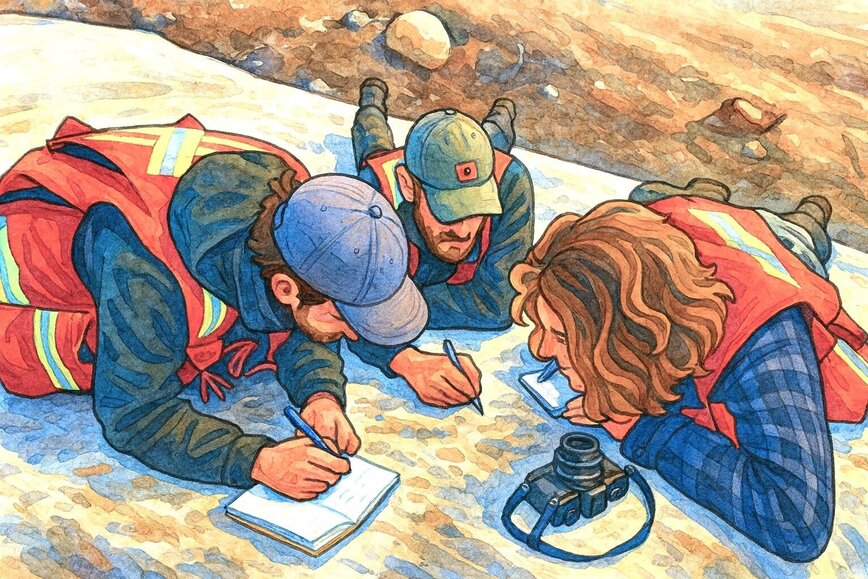Battery Age Minerals (ASX: BM8) has confirmed significant concentrations of rubidium, caesium, gallium and tantalum from multi-element assays at its Falcon Lake lithium project in Ontario, Canada.
The assays complement earlier drilling that returned thick zones of high-grade spodumene mineralisation, positioning Falcon Lake as both a premier hard-rock lithium asset and a potential source of multiple critical metals.
With only five of the project’s 30 high-priority targets drill tested so far, the company says substantial exploration upside remains.
Multi-Element Potential Adds Strategic Value
Assay results from pegmatite lithologies returned rubidium grades of up to 11,400 parts per million, with more than a third of samples exceeding 2,000ppm.
Caesium values peaked at 2,600ppm, tantalum at 2,300ppm and gallium at 95.6ppm.
These enrichments align Falcon Lake with highly evolved LCT pegmatite systems such as the Tanco mine in Manitoba and Green Technology Metals’ (ASX: GT1) Aubry pegmatites, noted for their combination of lithium and high-value critical metals.
Chief executive officer Nigel Broomham said the results demonstrated the project’s multi-commodity potential at a time of strong global demand for battery and high-technology inputs.
Rubidium’s Growing Importance
Rubidium – designated a critical mineral in Canada, the United States and Japan – has no large-scale primary production and is typically recovered as a by-product of lithium or caesium mining.
High-purity compounds can fetch more than US$1,000 per kilogram, with uses in quantum computing, fibre optics, advanced glass and defence applications.
Falcon Lake’s rubidium results add a strategic dimension to its lithium resource base and could support future by-product streams.
Next Steps in Project Development
Upcoming work will target further highly fractionated pegmatites using geochemistry and geophysics.
The company will conduct this alongside metallurgical test work to assess recovery of rubidium, caesium, tantalum and gallium in parallel with spodumene concentrate production.
The project’s 5-kilometre mineralised corridor remains largely open, with thick, high-grade spodumene-bearing pegmatites confirmed at multiple locations and extensive untested ground offering strong discovery potential.
